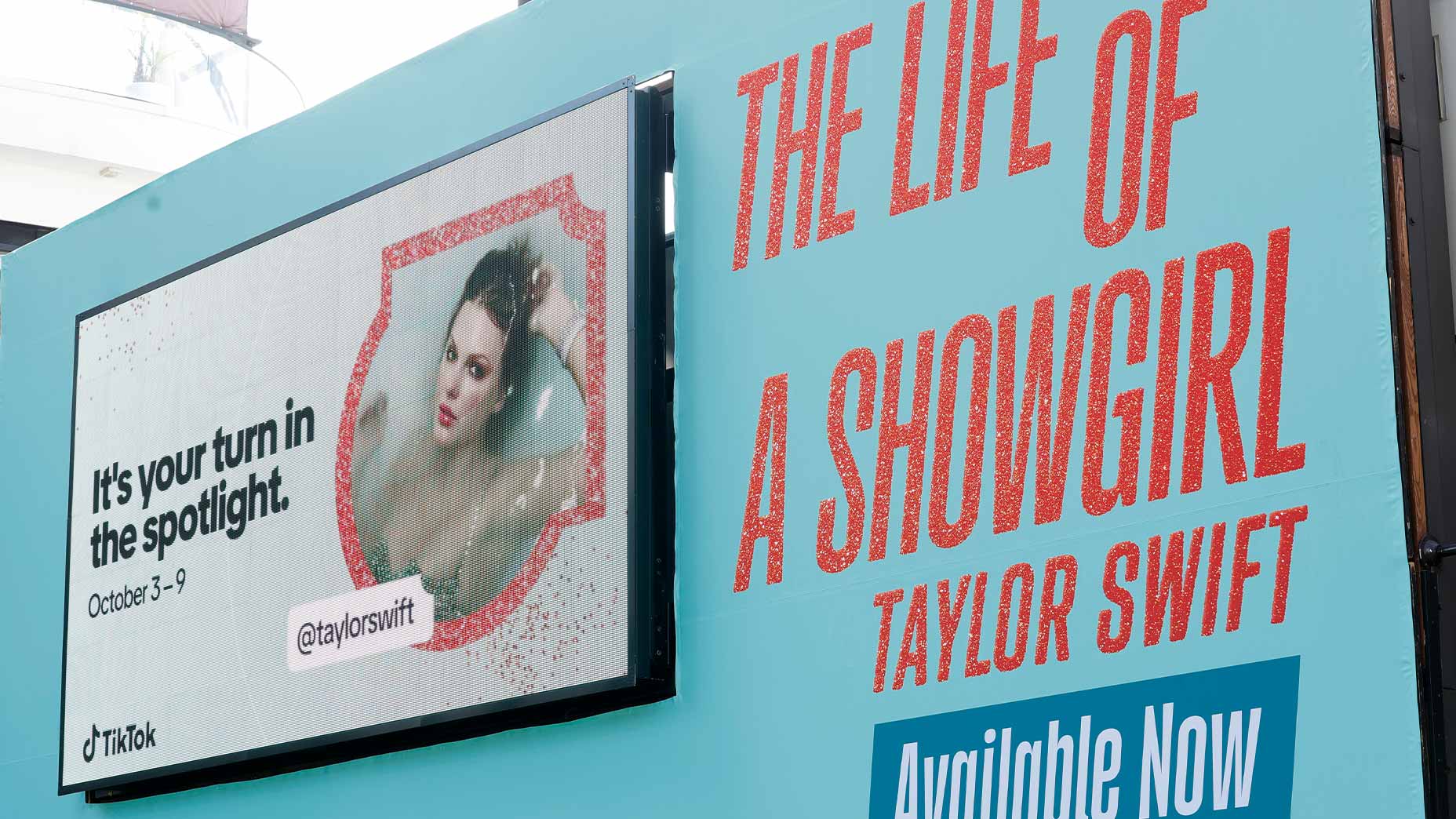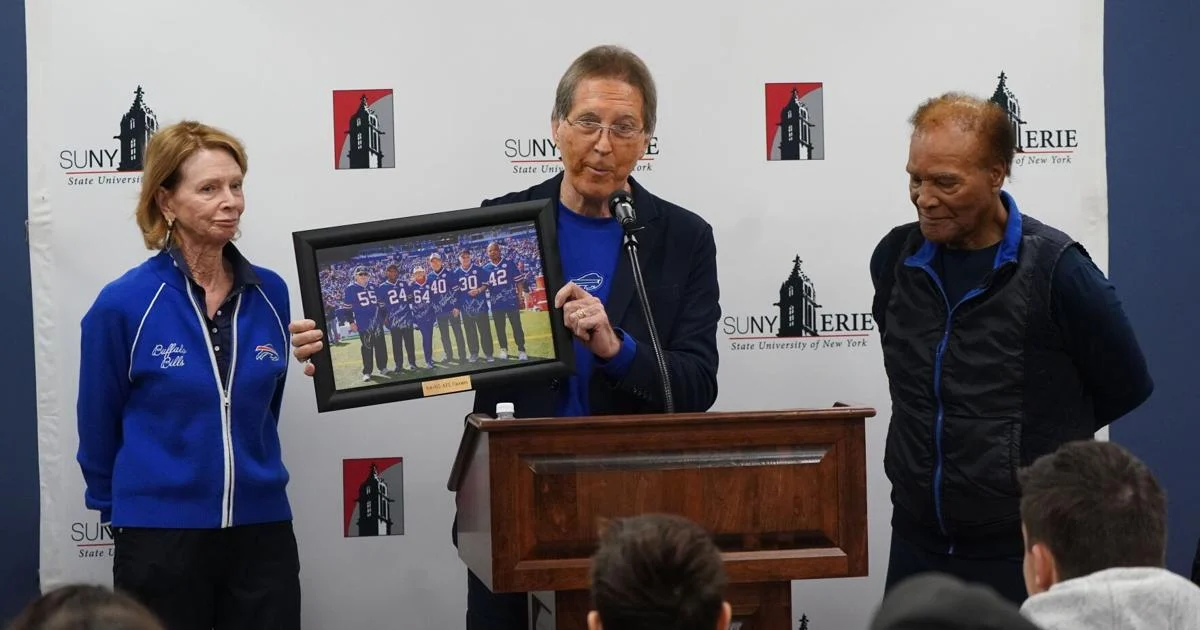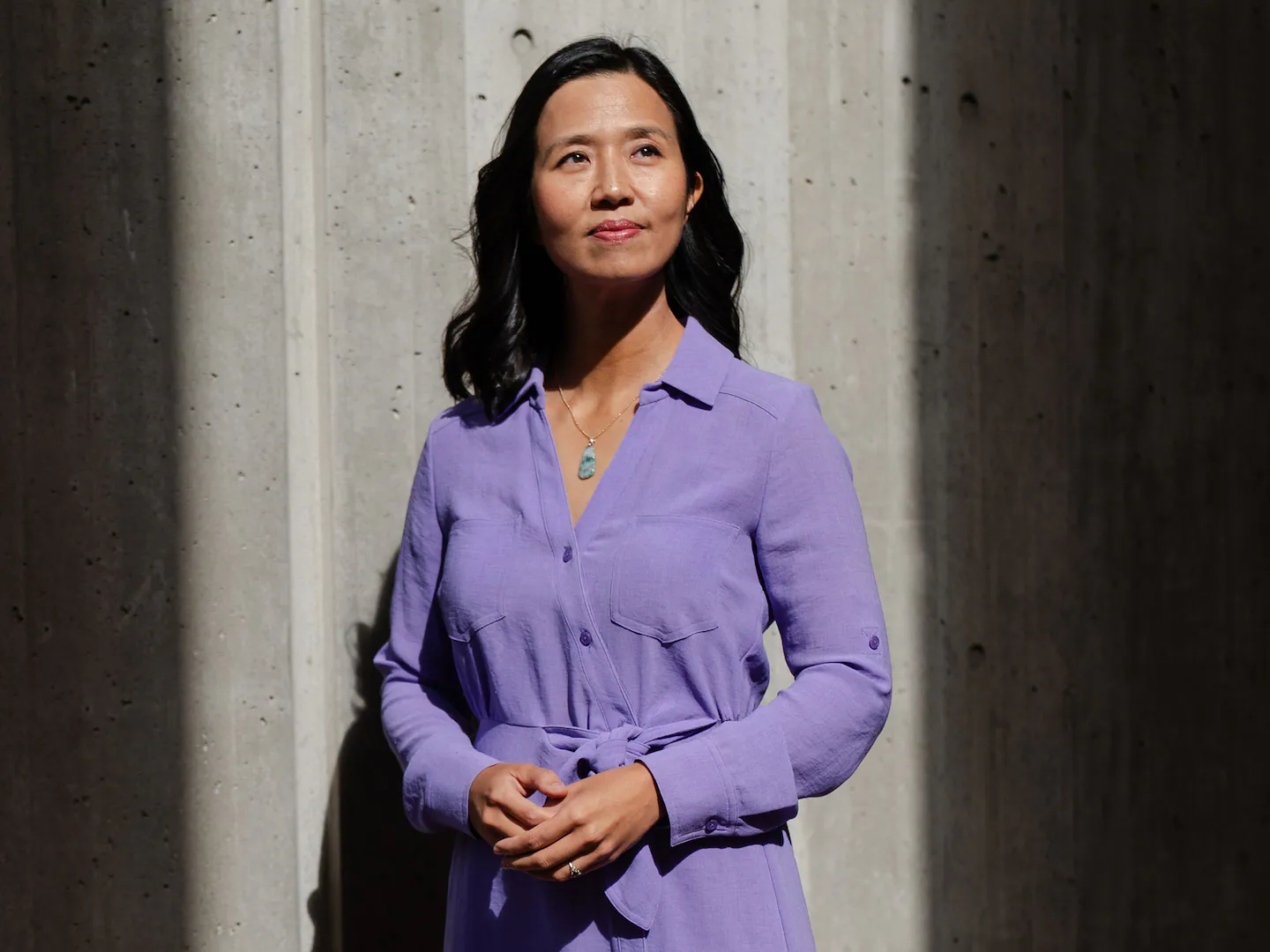Copyright GOLF.com

If you’re a human being with eyes and ears, it has been hard to survive the last several years untouched by the cultural zeitgeist of Taylor Swift, which has made it hard, in turn, to avoid having an opinion of her. Your NFL games, your Thanksgiving tables and your Instagram feeds have turned Swift from a pop music superstar into a regular piece of your everyday life — so, like most other pieces of your everyday life, you have developed feelings. This turns out to be the most impressive thing about Taylor Swift — not your opinion, but the fact you have one. It reflects Swift’s greatest success as an artist: Her ability to make fortune out of her fame, and vice versa. The first part of that equation — fame — has been liability in the pro golf world over the last decade. As the pro game has evolved from a part-time sprint into a 50-week-per-year marathon, the outcome hasn’t quite been Swiftmania. Rather than obsessing over pro golf, many fans have lapsed into a state of ambivalence — fatigued by the length of the season, the lack of anticipation or cohesion between events, and the slog of 11.5 months without a break. Players have felt it, too; when LIV entered the sport in the early 2020s, its defectors touted schedule freedom as one of the deciding factors in taking the plunge (though tens of millions in signing bonuses certainly didn’t hurt). At the time of pro golf’s schedule expansion, the prevailing theory held that adding events was a necessary component of golf’s desire for ever-growing fortune. (If players wanted to make more money, the theory went, they had to provide more hours of television coverage to the networks.) In some ways, this theory proved true — the enhanced schedule helped the PGA Tour ink a historic set of 10-year rights agreements in 2019, and LIV expanded its own schedule to bolster revenue as its losses crept near $5 billion. But adding volume without concern for quality was always a flawed strategy. Consider how it might look if the business in question was your local diner. Your diner’s ability to make money is constrained by the number of tables in its dining room, but its business is much more directly affected by the quality of its food. Your local diner could make more money by building an additional dining room, but if it came at the expense of the food quality (or even the food consistency), the momentary boost in revenue wouldn’t be worth the long-term decline in reputation. Your diner’s most loyal customers (the diehards) might stick around and learn the plates that still worked, but its exposure to the broader community would be stunted, and the business would start shrinking. This type of trend is what new PGA Tour CEO Brian Rolapp has been hired to reverse. Rolapp, a longtime NFL executive, has entered the lead job at golf’s largest pro tour promising “significant change” to the business. He has been careful to mention scarcity and simplicity as two of his administration’s primary focuses — scaling back the size and menu of the PGA Tour restaurant in pursuit of a better overall meal. “I think the focus will be to create events that really matter,” Rolapp said. “Competition should be easy to follow. The regular season and postseason should be connected in a way that builds towards the Tour Championship in a way that all sports fans can understand.” Of course, the same argument works in reverse: Adding quality without concern for volume is also a bad idea. If your local diner was the best restaurant in town but only could seat 10 people per night, it might achieve great fame, but it might never amass a great fortune. What good would it be to run the best restaurant in town if you couldn’t afford to pay your rent? This brings us back to Swift, the pop star with the best of both worlds: fame and fortune, quality and volume. Two weeks ago, Swift’s newest album, The Life of a Showgirl, shattered another set of music industry records, including the biggest sales week of any album ever. Later, Swift followed up that act by announcing her latest creative endeavor: A Disney+ mini-series following her through the making of another multi-billion-dollar entity, the Eras tour. These newly sprouted money trees were only part of a broader list of new Taylor Swift offerings that surrounded the album release, like a limited-release movie theater run during the album’s opening weekend, a limited-edition vinyl in Summertime Pink Spritz Shimmer, or the New Heights podcast appearance that set the whole album machine in motion. You did not need to look long at Swift over these last few weeks to see a unifying theory emerge: Swift has a core product (her music), an events business (her world tour(s)), a video business (her TV and film offerings) and a hard products business (vinyls, merch and other goodies.) In each of these tentacles, Swift has built entry points for every type of consumer: Her casual fans (people who know her face when they see her on Sunday Night Football), her core audience (her regular listeners and concert attendees) and her diehard audience (her superfans). In each of these tentacles and to each group of fans, Swift has an innate sense of how to deliver the goods, from catchy Billboard No. 1s to the hidden metaphors inside a deep well of “secret tracks.” At the intersection of the worlds of quality and volume, Swift has found … both. She has built the music world’s biggest diner and supplied it with a massive marketing budget, a never-ending stream of regulars and a special off-menu menu for the diehards. Everywhere you look, Swift is selling a product that reinforces her fame and enlarges her fortune. The result? Swift is a billionaire, claiming a net worth of $1.6 billion in 2025, according to Forbes, and an unquestioned vice grip on the title of world’s most famous celebrity. The Swift lesson for pro golf is simple: The choice between quality and volume is not binary. You can have both, but you cannot have it easily. The balance between these two traits exists on a razor’s edge — and requires an incredibly deft hand. After all, without Swift’s obsession with the infinitesimally small details of songwriting and composition, she never could have authored of a steady stream of No. 1 hits. And without No. 1 hit status, she never could have dreamt of worldwide fame. Without worldwide fame, Swift could never have pulled off a cultural phenomenon like the Eras tour. And without the Eras tour — and the massive, skillfully operated business underpinning it — Swift could never dream of billionaire status or a regular seat at your Thanksgiving table. It is in these small details that fortunes are won and lost, and in these small details that pro golf faces a massive opportunity. The sport already has no shortage of volume and plenty of quality — now it must marry those things together to become a business much greater than the sum of its parts. Eventually, the goal is to make the world listen to you, but first you have to listen really closely to the world around you. It’s pro golf’s time to listen, and the journey begins on track 1.



